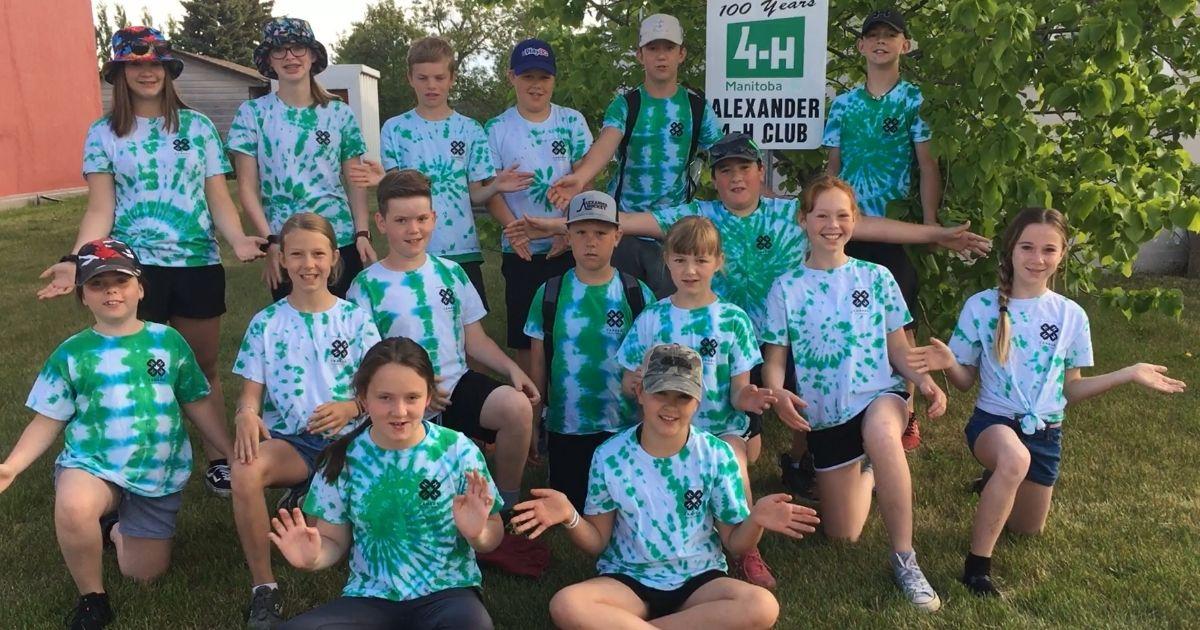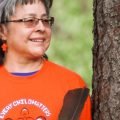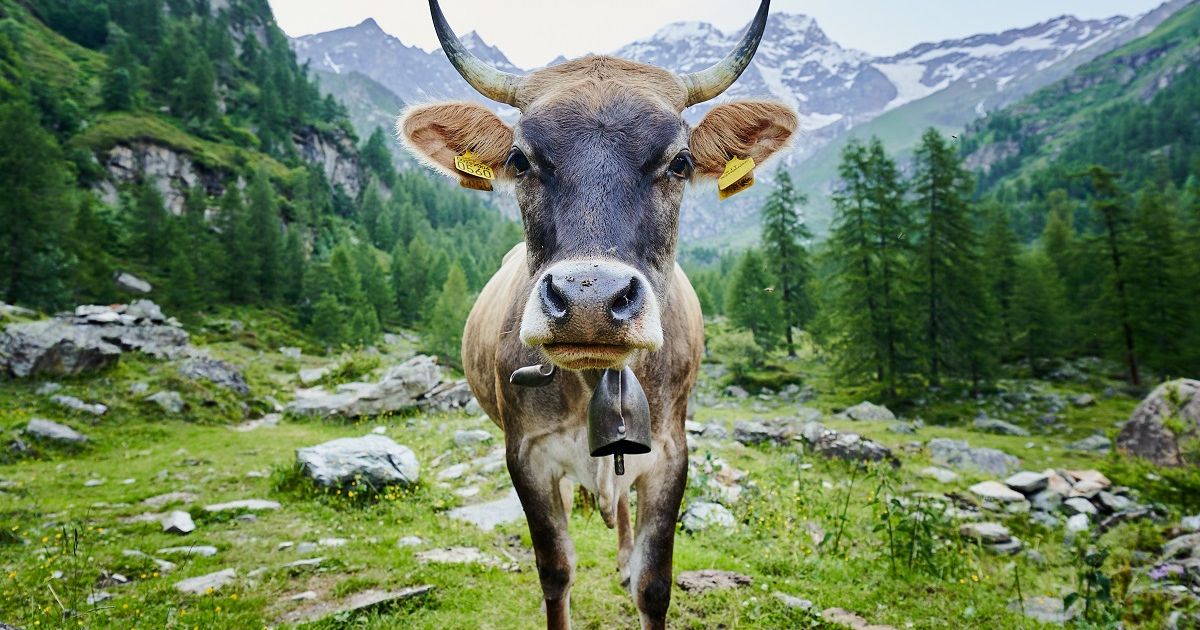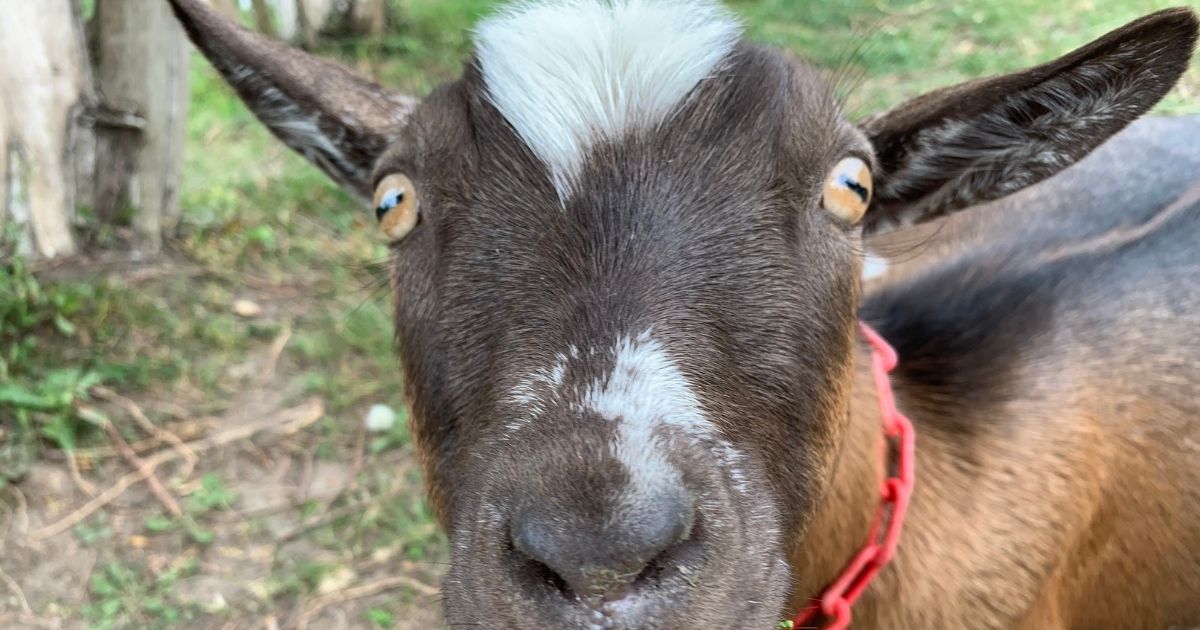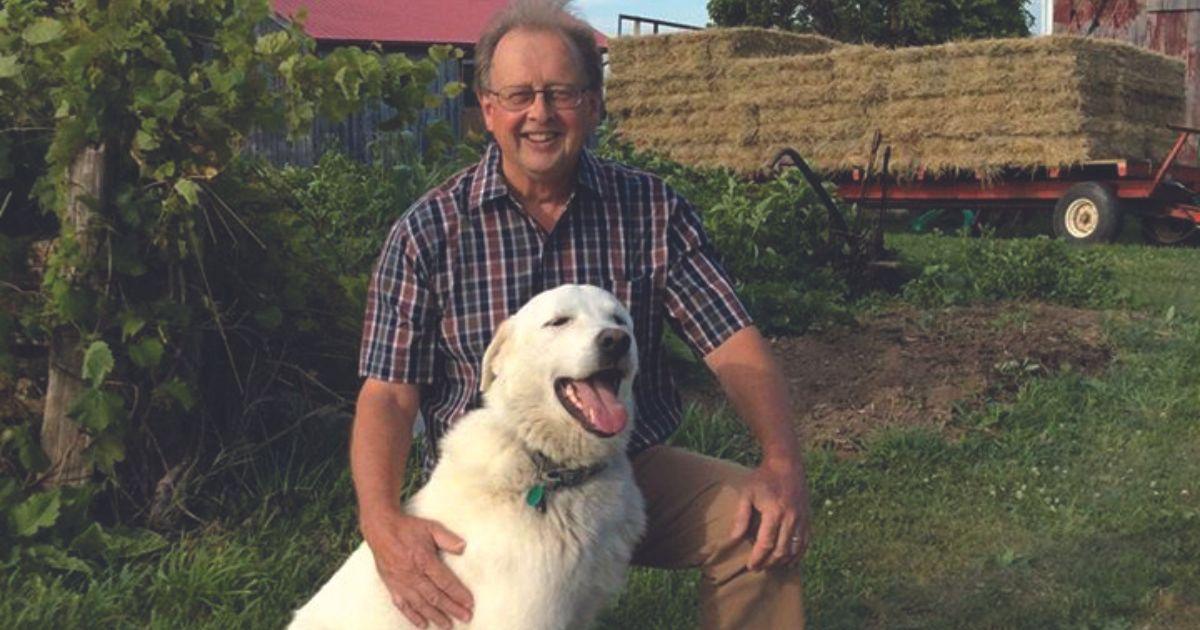Everything old is new again, and that’s certainly the case for 4-H, which may well be having one of its strongest seasons yet. The non-profit youth development organization came to Canada in 1913 and now spans 70 countries worldwide and 10 provinces across Canada. The mission: to empower youth to be responsible, caring and contributing leaders that effect positive change in the world around them, with a vision to see thriving communities in partnership with youth leaders.

So what does that mean, really? The organization provides opportunities for youth to master skills and learn responsibility, leadership development, planning and decision making, and gain a sense of purpose and positive values. Programs are organized within 4-H’s four leadership development pillars: community engagement and communications; science and technology; sustainable agriculture and food security; and the environment and healthy living.

“For a lot of kids in rural communities in Canada, 4-H is the first time that they’re outside of their province or even outside of their town and they have the opportunity to meet kids that are also in the program in other areas of Canada,” says Shannon Benner, CEO of 4-H Canada. “The kids are seeing another entirely different region. In some cases, they’re seeing mountains or prairies for the very first time. At the same time, while they’re visiting each other’s communities, they are also doing a service project,” Benner explains, referring to the community engagement pillar that encourages club-to-club exchanges. Benner cites one example, in Manitoba, where the kids welcomed new Canadians settling into a rural community. “They had a fun day for kids that were new to Canada, teaching them Canadian games and helping them meet other Canadian kids,” she says. In another community exchange program, the kids and leaders built a picnic shelter at a fairground.

Benner says that most 4-H organizations also have a number of public speaking programs where kids have the opportunity to develop and work on their communication skills. “Regardless of whether they are just starting the program at an early age or they’re an 18-year-old, public speaking is a huge part of the program,” she says. “Kids not only find what they’re passionate about, but they also have to talk about it. They grow up knowing how to give presentations, which benefits them later, in their careers.”

“Science and technology” is a fairly new pillar that was introduced 5 years ago. It provides hands-on, inquiry-based programs for youth that spark their curiosity. “This program stays relevant to younger generations in talking about technology and computer programming, and providing valuable skills for them in whatever they do,” Benner says.
As a result of the pillar, 4-H has created a lot of buzz, especially around its national science fair. “We started building science champions across Canada and having a national science fair,” Benner says, noting that they’ve had kids go on to earn medals, if not win, at the Canada-Wide Science Fair. “A few have even gone on to take their projects to the prime minister or global fairs.”

“It’s pretty cool!” she says. “Sixty percent of the 4-H members that are participating don’t have that in their school system. The 4-H footprint is 55 percent rural; however, there are kids that heard about it in urban areas and have actually joined 4-H because they wanted to be part of our science fair.”
Most of the kids in the program are between 12 and 14 years old, with tweens being the most interested in participating in 4-H. Under the “sustainable agriculture and food security” pillar, 4-H helps youth appreciate and learn about the food we grow and eat, while the “environment and healthy living” pillar provides opportunities for youth to be stewards of nature and to explore positive ways to stay healthy and active. While many hands-on youth organizations have closed their doors during the COVID-19 pandemic, 4-H has stayed one step ahead, offering virtual programming even before the pandemic happened. “It’s been pretty inspiring, actually, what 4-H has done throughout COVID,” shares Benner. “All of our provinces kept up with virtual programming. A good majority of clubs stayed open virtually and tried to maintain that sense of belonging, and by doing so kept young people feeling part of something that was continuing through COVID.”

If the success of its virtual and science programs is any indication, 4-H isn’t going anywhere soon. “4-H continues to evolve because they make sure leaders are leading in a way that is relevant to young people,” Benner says. “Over the years, membership has been in decline, with the youth population in rural communities dropping down when they leave for school or for jobs. Fortunately, now 4-H is holding steady, with some provinces showing growth. They have capacity to grow their membership because their leaders have grown.”

“We’ve had boys doing knitting clubs in Newfoundland over Zoom calls,” Benner adds. “You know, just ways to keep kids talking to each other. It wasn’t even really about the knitting. It was just keeping them inspired and building confidence while learning skills and developing them as people.” Many clubs are even making masks and quilts for hospitals. And it’s not just in Canada. “We have a generation of young people that have a much broader global identity than we’ve ever seen before,” Benner says. “Being part of 4-H is not only across Canada, but it’s also in 75 countries around the world. On any given day, we’re working with 7 billion to 9 billion kids around the world. They are playing a big role and having an impact in their community.”

An editor with 15-plus years in the publishing business, Catalina Margulis’ byline spans travel, food, decor, parenting, fashion, beauty, health and business. When she’s not chasing after her three young children, she can be found painting her home, taming her garden and baking muffins.

